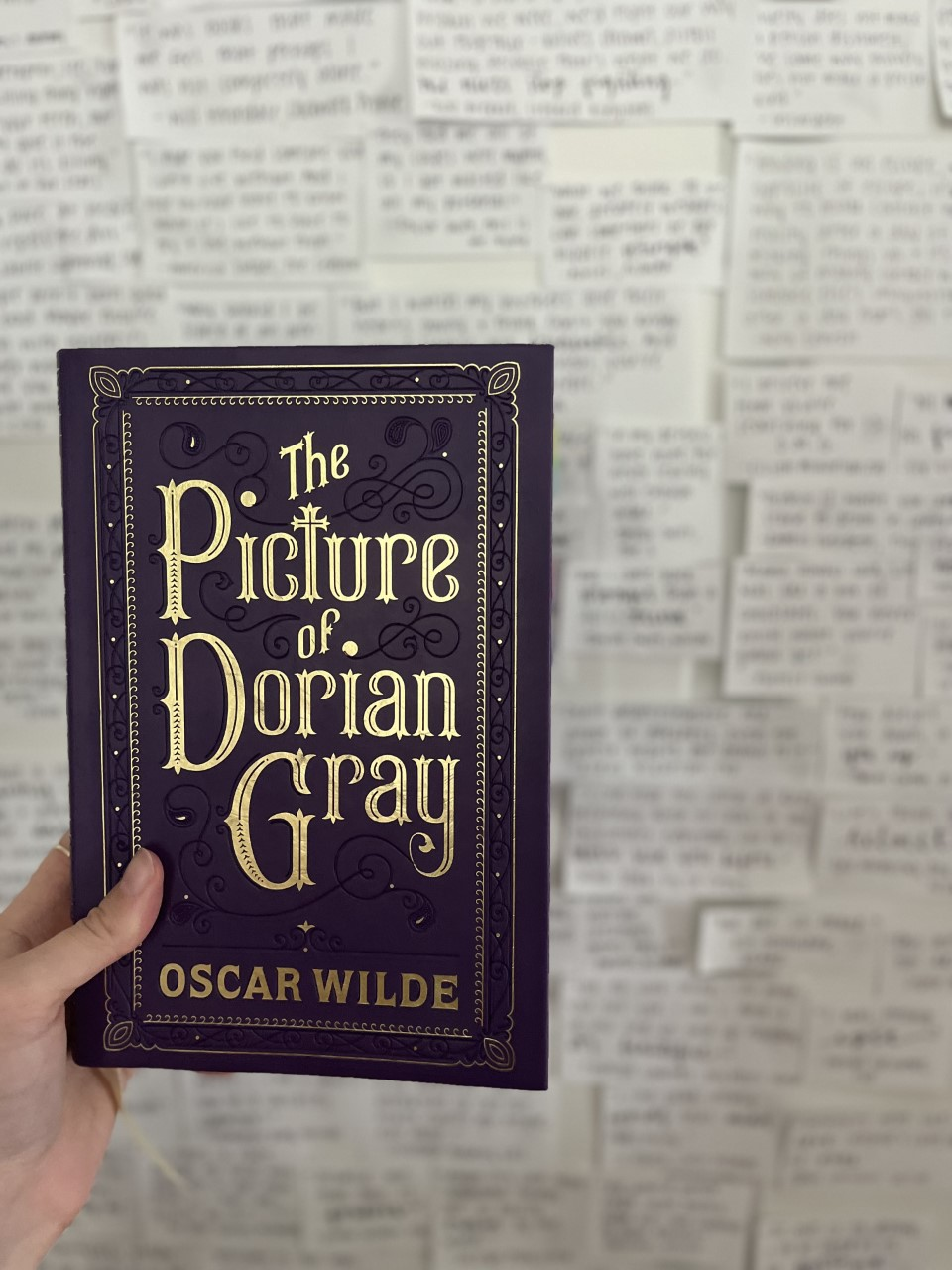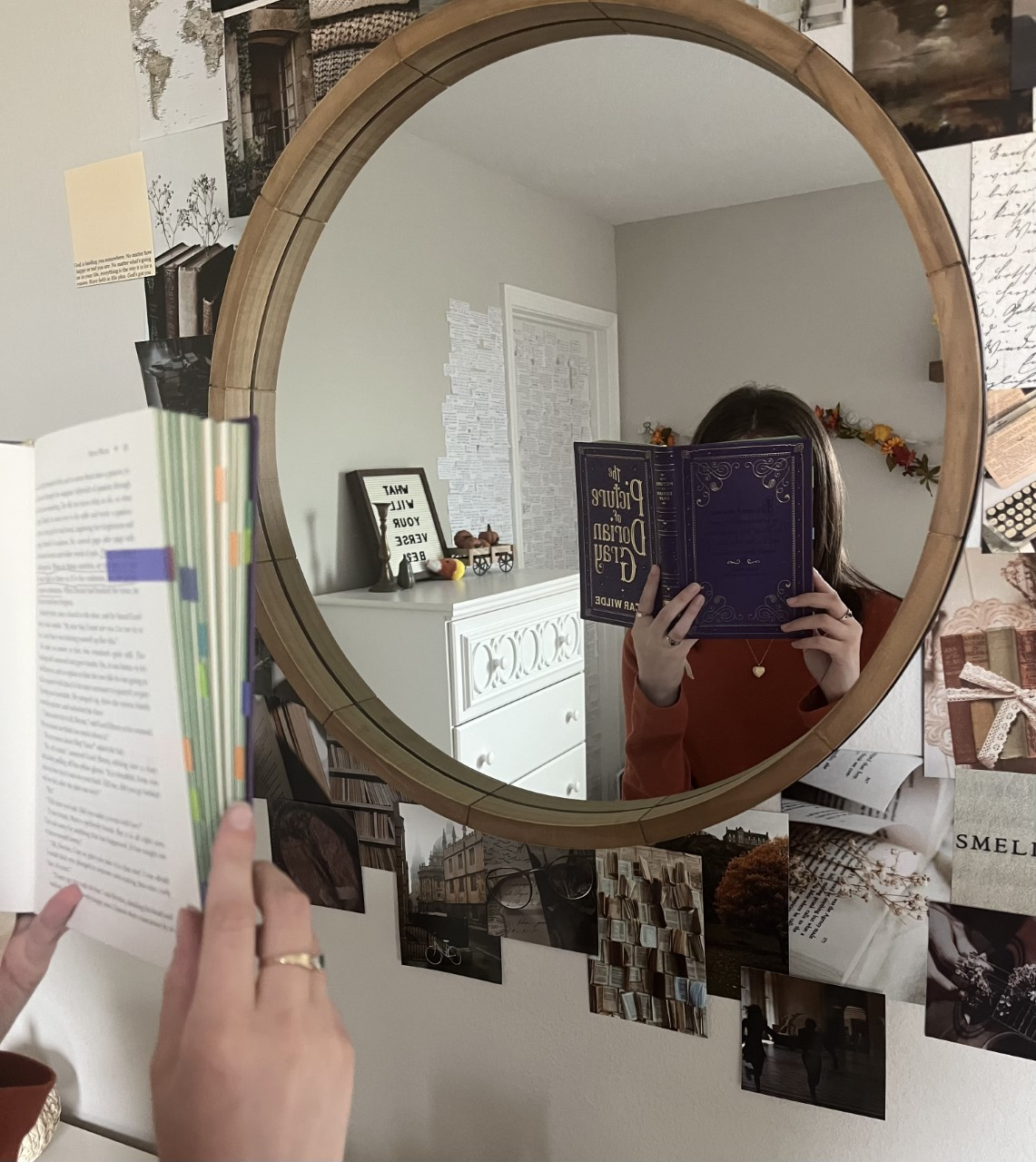By Sophia Sullivan, Editorials Editor
When Oscar Wilde’s The Picture of Dorian Gray was published at the end of the nineteenth century, it caused an uproar amongst society.

The novel, while incredibly entertaining, contains some topics that certainly would have been considered immoral or “taboo” at the time. It explored homosexuality, hedonism, aestheticism, and morality.
The Picture of Dorian Gray begins as the artist Basil Hallward paints a stunning portrait of the young, attractive Dorian Gray. Dorian becomes infatuated with the notion of staying young and beautiful forever while being mentored by the older, witty, and charming Lord Henry. As Dorian continues to indulge in risqué business and the finer things of life, he does not grow physically older. It is that portrait, hidden away in his attic, that grows uglier and uglier, day by day.
Art is one of the most prominent topics in this book. In his preface, Wilde explores this concept.
“The only excuse for making a useless thing is that one admires it intensely. All art is quite useless,” Wilde writes. He sets up the intention of the book: “art for the sake of art.” Dorian resembles this idea, as he intends to live his life as beautifully as possible as if he himself were a piece of art with no purpose but to appear aesthetically pleasing.
This is the perfect read for autumn, as it encapsulates an eerie atmosphere for the reader. The reader gets a front-row seat to view the dangers of eternal youth and seems to have everything one could ever wish for.

A lesson in vanity and youth, Dorian Gray teaches us that fulfillment is not guaranteed just because one has it all. While it is a cautionary tale, it speaks some truth. We as humans all have portraits in our attics. The question is, how will yours appear at the end of the story?





